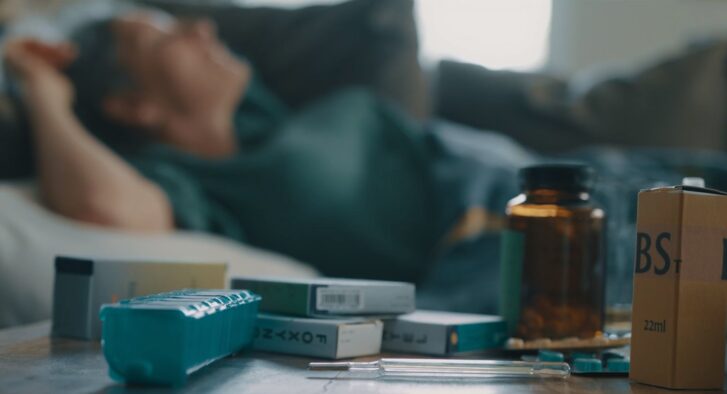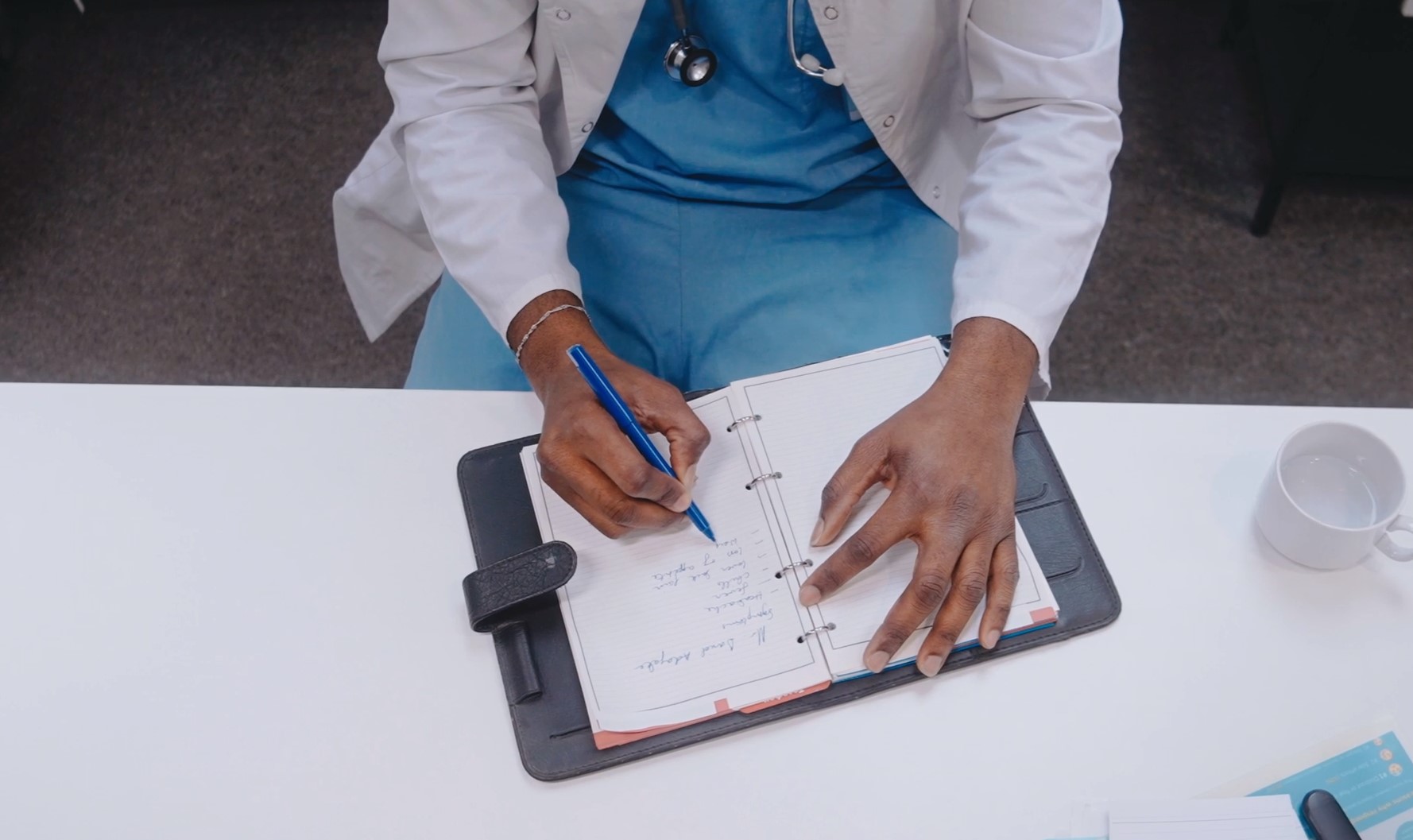Substance abuse is a serious issue that requires proper attention, that’s why individuals who abuse substances must receive a suitable treatment plan. But, it’s important to note in the beginning that there is no one-size-fits-all approach to treatment.
Today we’ll explore the fundamental principles of treatment plans and identify what effective treatment plan should look like.
Key Takeaways
- The most effective treatment plans are individualized ones.
- Every treatment plan should contain patient information, diagnosis and therapy information, goals and objectives, interventions, and responsible people listed.
- A detailed assessment is crucial for creating an effective treatment plan.
- Goals and objectives within the treatment plan should be specific, measurable, achievable, relevant, and time-bound (SMART).
What Does a Treatment Plan Look Like?
It’s a personalized document designed for individuals battling substance abuse. Treatment plan for substance abuse needs to define the patient’s recovery goals, the strategies to achieve them, and the steps that will be used to get there. Every treatment plan should have:
Patient Information
This section contains the individual’s personal details, including name, date of birth, and contact information.
Diagnosis and Therapy Information
Here, the diagnosis of the substance use disorder is documented, along with any co-occurring mental health conditions.
Goals
The goals are broad, overarching targets that the individual aims to achieve through their treatment. For example, goals can be: achieving sobriety, improving mental health, or restoring relationships.
Objectives
Objectives break down the goals into specific, measurable, achievable, relevant, and time-bound steps. Each objective should include a target end date for completion. For example, an objective can be attending a certain number of therapy sessions or developing coping strategies to manage triggers.
Interventions and Responsible People
This section is about the individuals responsible for each aspect of care, including professionals and people from the treated person’s life.
What are the Principles of an Effective Treatment Plan?
| Key Principle | Explanation |
|---|---|
| Addiction is a complex but treatable disease | We must be aware of the nuanced nature of addiction and its potential for treatment. |
| An individualized approach is a must | The treatment plans must be adapted to the individual’s specific circumstances. |
| Treatment should be readily available | It’s important to have access to treatment without delays. |
| Staying in treatment for an adequate period is crucial | Sufficient treatment duration for effectiveness is a necessity. |
| Drug use during therapy needs to be closely monitored | Ongoing monitoring of drug use during treatment should be included. |
| Beyond substance abuse, the plan must address associated problems | Have a holistic approach that covers medical, psychological, social, and vocational issues as needed. |
How to Create a Treatment Plan?
Creating an effective treatment plan begins with a structured approach:
1. Start with Assessments
It all begins with an analysis that includes the patient’s substance use history, mental health status, and medical background.
Perkinson, R.P., & Jongsma, A.E: The foundation of any treatment plan is the data gathered in a thorough biopsychosocial assessment.
2. Identify the Problems
Based on the assessments, identify the specific problems related to the individual’s substance abuse. This could involve recognizing patterns of behavior, underlying mental health conditions, environmental triggers, and the impact of substance use on the individual’s life.
3. Develop Problem Statements
Formulate clear problem statements that describe the issues identified during the problem identification stage. These statements should be precise, reflecting the nature of the substance use disorder and any co-occurring conditions or challenges.
4. Create Goals
Set broad, overarching goals for the treatment plan. These goals need to address the problem statements and provide a direction for recovery.
5. Create Objectives
Break down the goals into specific, measurable, achievable, relevant, and time-bound objectives (SMART). Objectives serve as the actionable steps the individual will take to reach their goals. They provide a clear instructions to move forward and allow for tracking progress over time.
6. Write Interventions
Lastly, detail the interventions that will be used to meet the objectives and, ultimately, achieve the goals of the treatment plan. Interventions can include therapeutic sessions, medication management, lifestyle changes, and support mechanisms. Assign responsibility for each intervention to appropriate healthcare providers or support staff to ensure a coordinated approach to treatment.
How to Stay on the Road With the Treatment Plan?
To stay on track with a substance abuse treatment plan, you should:
- Actively participate in all treatment activities and therapies.
- Have regular check-ins with healthcare providers to adjust the plan as needed.
- Rely on a support network of family, friends, and peer groups for encouragement and accountability.
- Acknowledge and celebrate each recovery milestone to maintain motivation.
- Use learned coping strategies to handle stress and triggers effectively.
- Make healthy lifestyle changes to support overall well-being and recovery efforts.
FAQs
Related Posts:
- Unraveling Dual Diagnosis of Mania and Substance…
- What's The Difference Between Omega 3 vs Omega 6?…
- CBT: An Effective Mental Health Treatment - Best…
- Interesting Psychological Facts About Crushes Most…
- Most Common Goat Dream Meanings & Interpretations:…
- Identifying and Preventing Compassion Fatigue: From…

















